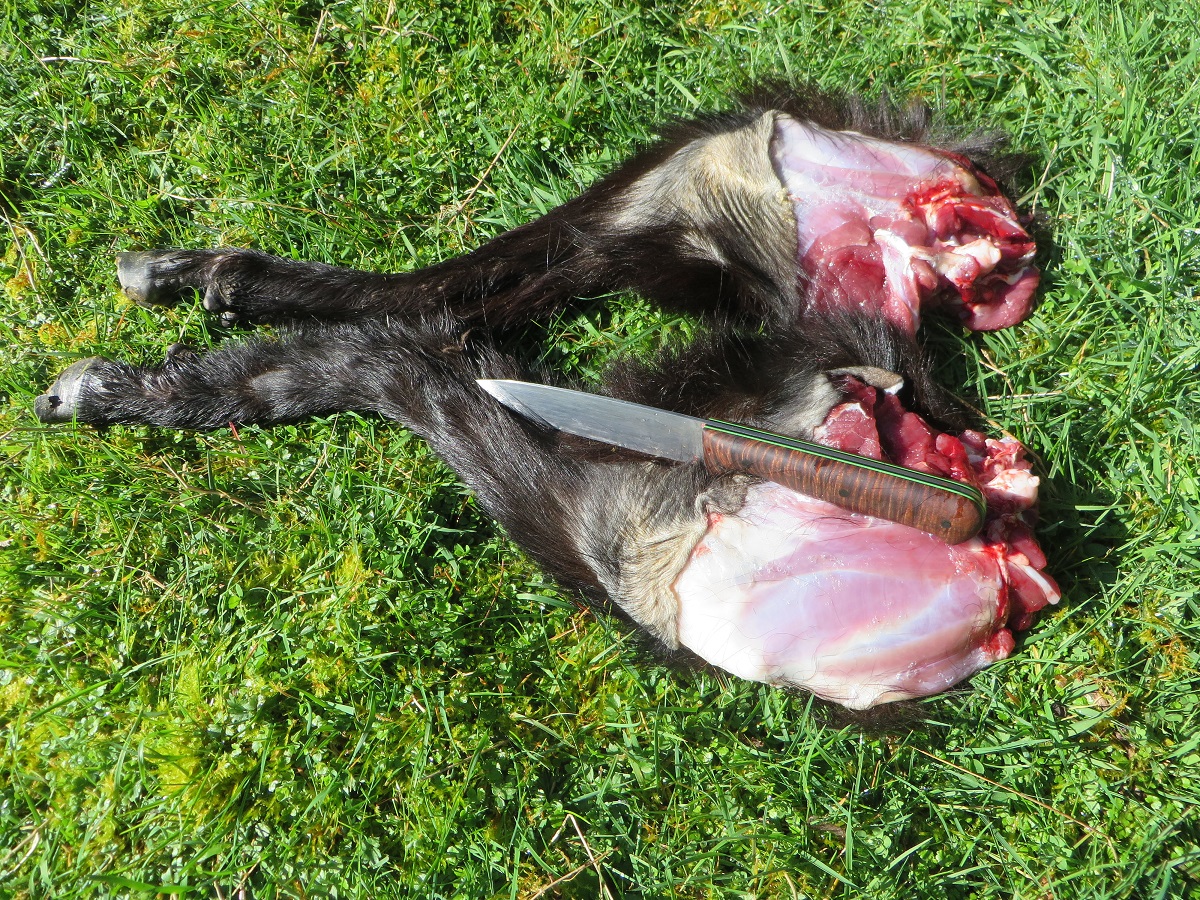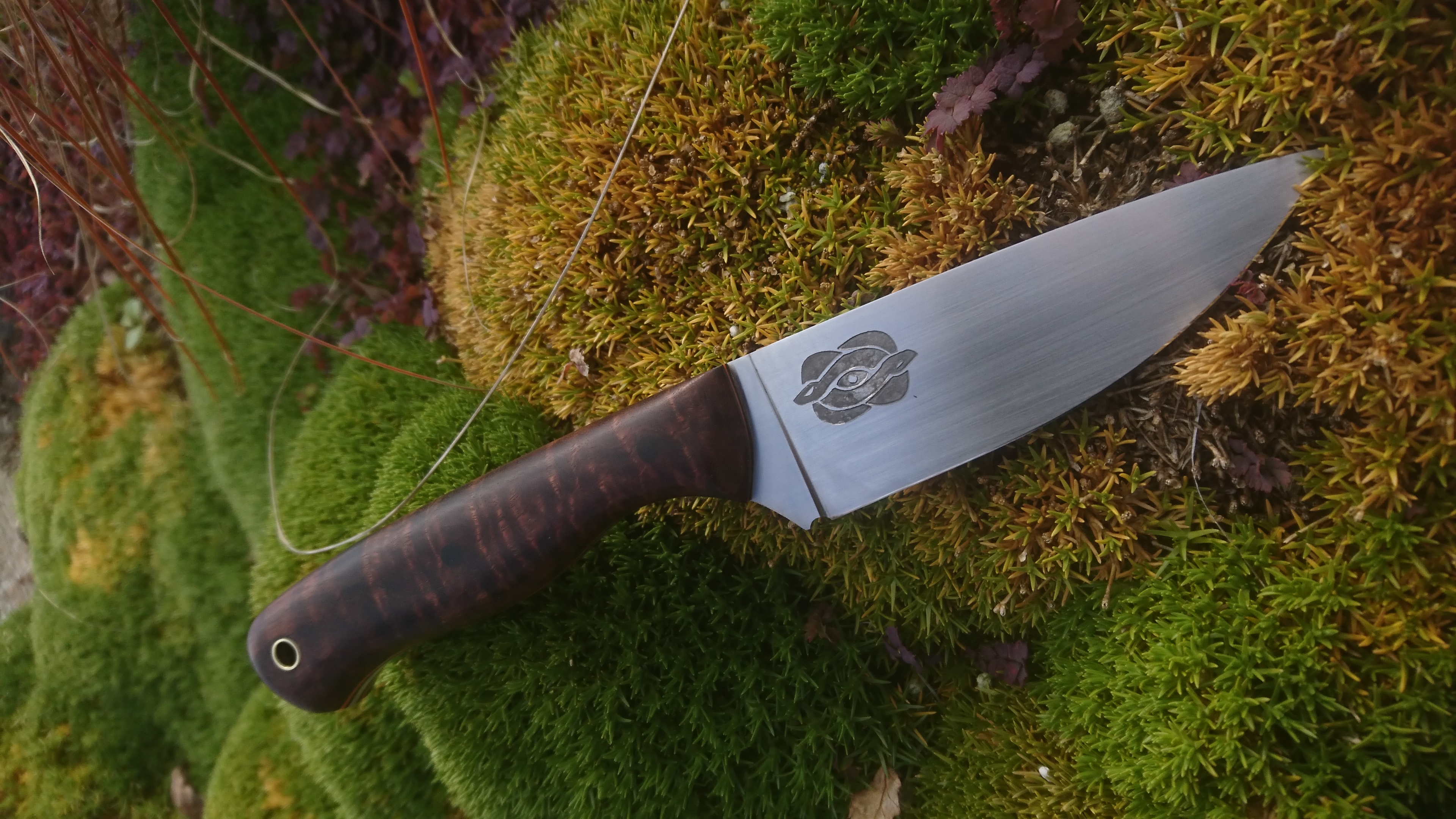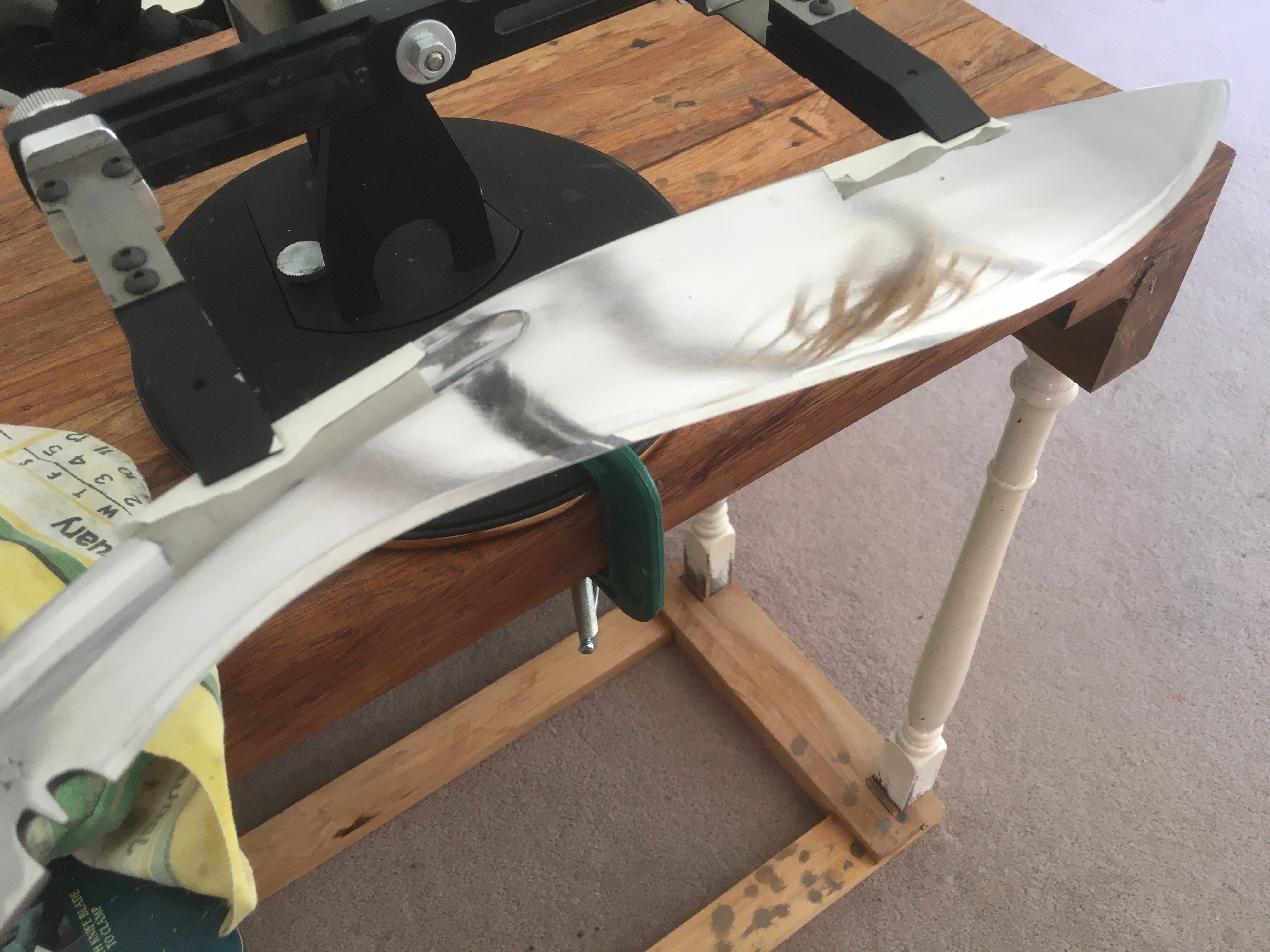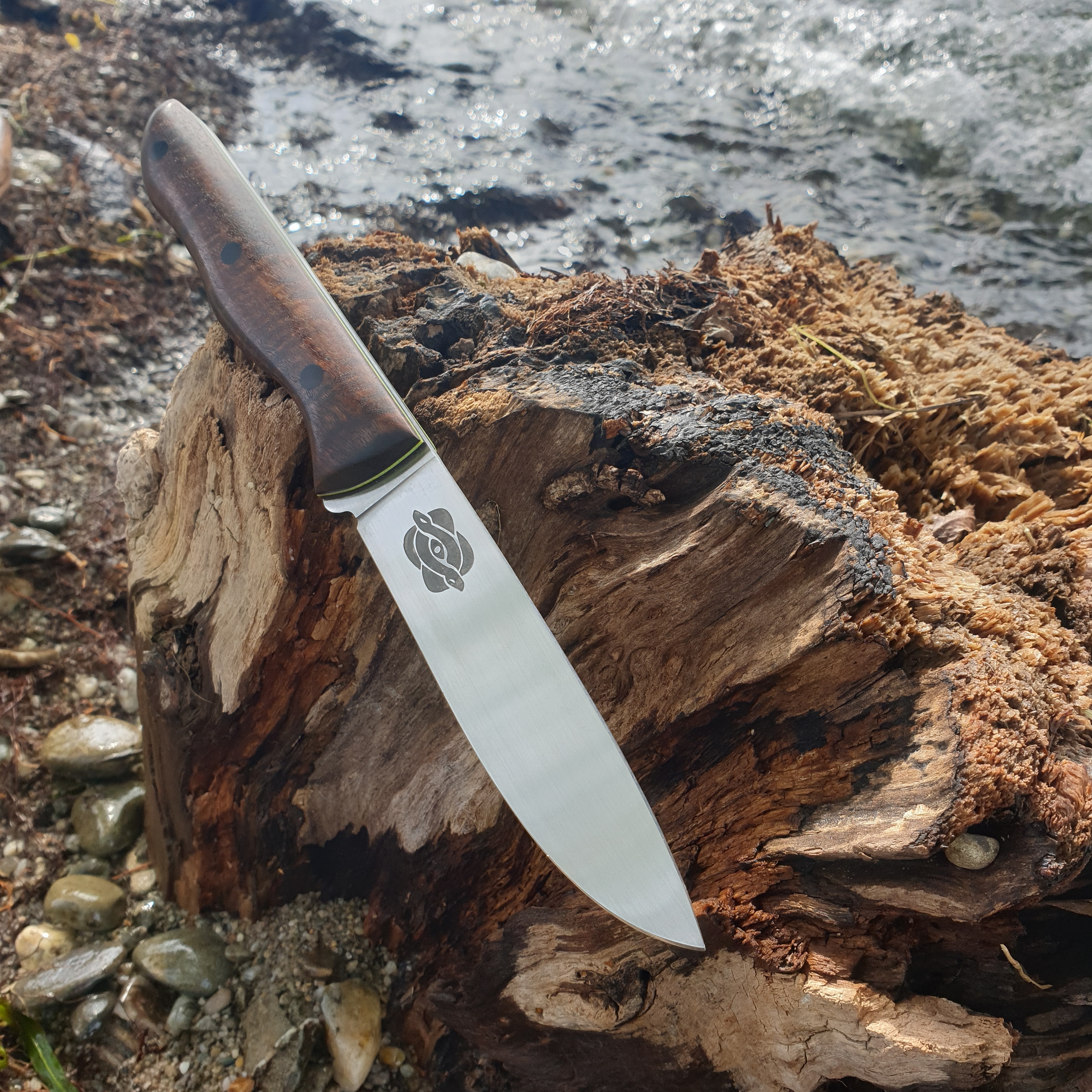Welcome guest, is this your first visit? Create Account now to join.
Welcome to the NZ Hunting and Shooting Forums.
Search Forums
User Tag List
+ Reply to Thread
Results 1,561 to 1,575 of 2356
Thread: Show me your knives
-
10-09-2020, 04:52 PM #1561
-
-
10-09-2020, 04:58 PM #1562
-
10-09-2020, 05:37 PM #1563
-
10-09-2020, 06:56 PM #1564
-
10-09-2020, 07:59 PM #1565Banned

- Join Date
- Mar 2016
- Location
- auckland
- Posts
- 2,453
How do the cheaper plasma cutters work?~$1000
-
11-09-2020, 03:31 PM #1566Member

- Join Date
- Mar 2014
- Location
- Waikato
- Posts
- 443
Here you go @viper. Not the target species this morning but meat for the table nonetheless.

Took two of six seen (upper King Country DOC reserve).
-
14-09-2020, 03:26 PM #1567Member

- Join Date
- Dec 2018
- Location
- Christchurch
- Posts
- 451
Picked up a one of a kind bushcraft knife today. I really like how it's turned out.




Sent from my SM-G975F using TapatalkUbique.
Once divided, always conquered.
-
15-09-2020, 05:20 PM #1568Member

- Join Date
- Mar 2014
- Location
- Tauranga
- Posts
- 3,020
-
15-09-2020, 07:01 PM #1569Member

- Join Date
- Dec 2018
- Location
- Christchurch
- Posts
- 451
-
15-09-2020, 07:06 PM #1570Member

- Join Date
- Dec 2018
- Location
- Christchurch
- Posts
- 451
-
24-09-2020, 10:14 PM #1571
Last of the Krait's made and sent to another forum member. First one with timber handles though as all the others have been Micarta.
14c28n , carbon pins, black and burnt orange liners.
-
06-10-2020, 05:52 PM #1572Member

- Join Date
- Aug 2014
- Location
- Auckland
- Posts
- 719
Convex at 18 degrees polished edge to 4000...

-
07-10-2020, 01:08 PM #1573

Boomslang model hunter for client's 50th present. Gidgee handles with toxic yellow and black G10 liners and fat carbon pins.
Hopefully off for a Otago spring deer hunt and will get bloodied.
Two more interesting builds currently underway.........stay tuned.
-
09-10-2020, 08:40 PM #1574
Hi @viper
Do you have a website where i can look at all the models?
-Inder
-
10-10-2020, 09:59 AM #1575Member

- Join Date
- Mar 2014
- Location
- Tauranga
- Posts
- 3,020
Similar Threads
-
Zedteq Knives
By Philipo in forum NZHS Bulk Buying SectionReplies: 33Last Post: 29-04-2013, 08:24 PM -
custom knives...cost etc
By moonhunt in forum Gear and EquipmentReplies: 28Last Post: 25-02-2013, 10:47 PM
Tags for this Thread
Welcome to NZ Hunting and Shooting Forums! We see you're new here, or arn't logged in. Create an account, and Login for full access including our FREE BUY and SELL section Register NOW!!





 4926Likes
4926Likes LinkBack URL
LinkBack URL About LinkBacks
About LinkBacks





 Reply With Quote
Reply With Quote



Bookmarks